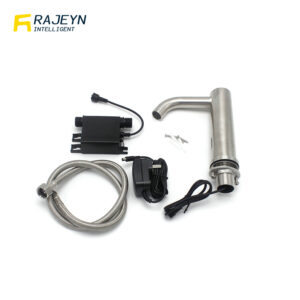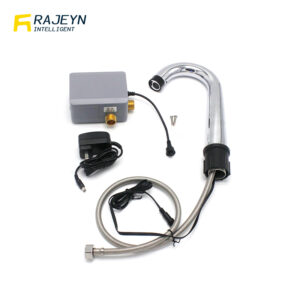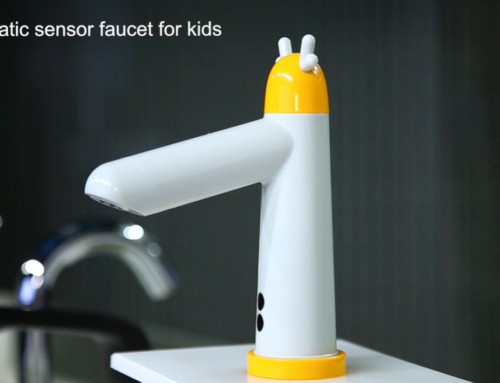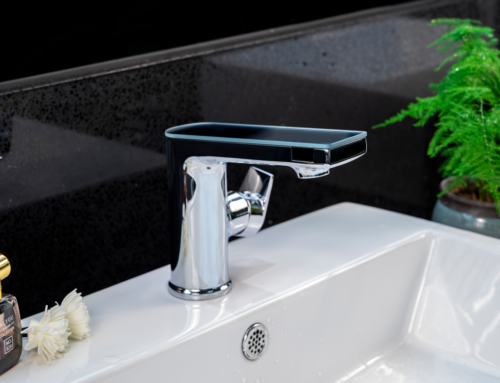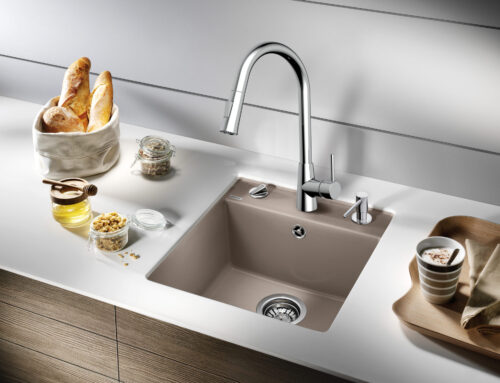Automatic sensor faucets has becoming more and more popular in our life. How does an automatic sensor faucet work? Here we are going to break down it into several parts to show how it works.
1: Infrared sensor
Infrared sensor is a part to detect the presence of objects in the detection range. When objetcs are detected, it will calculate and make a decision to send a signal to the solenoid valve. For example, for most basin faucets, when hands detected by the sensor, it sends a signal to solenoid valve immediately to turn on the water. When hands leave the sensor range, it sends a signal to turn the water off. It also sends a signal to the solenoid valve when it finds water flows for 60s to turn it off to avoid water wasting.
2: Solenoid valve
Solenoid valve is the part actually control the water on and off. It distinguash positive and negative pulse signal from infrared sensor. The power consumption is mainly the moment it switches. So when we consider the life span of the batteries, we will see the switch times rather than the water flow time.
3: Power source
Power source is usually batteries or AC transformer. Both are to provide the sensor and solenoid valve with DC power supply. Rajeyn sensor and solenoid valve is with very low power consumption, it will last over 1 year at 100 times on and off with only alkaline batteries. In the projects of public places, people usually choose both battery and AC transformer. When there is AC power supply, it consumes AC power, and when it is cut off, it will switch to battery automatically.
Not only sensor faucets, other sensor products also have a similar working system.
If you are interested in devoloping sensor products, welcome to contact us for more information. You can also contact sales3@rajeyn.com for a quick response.

